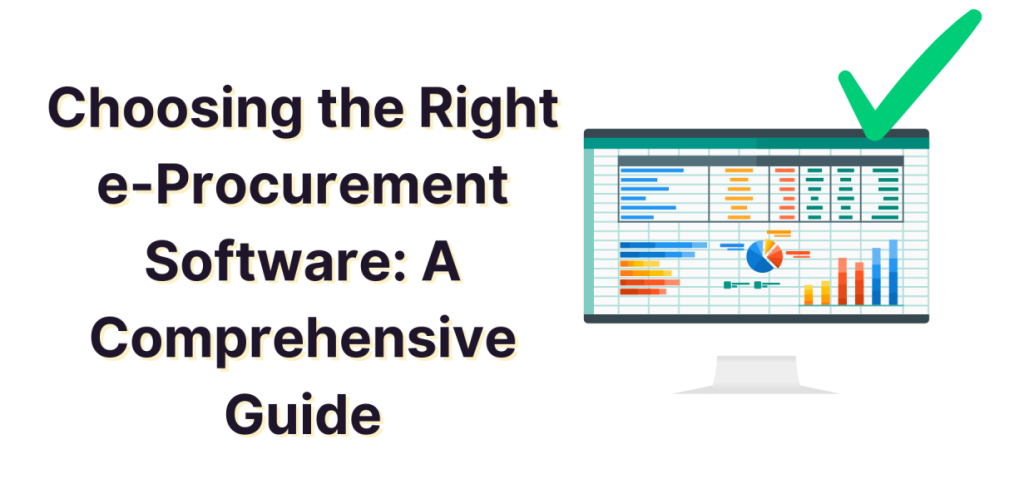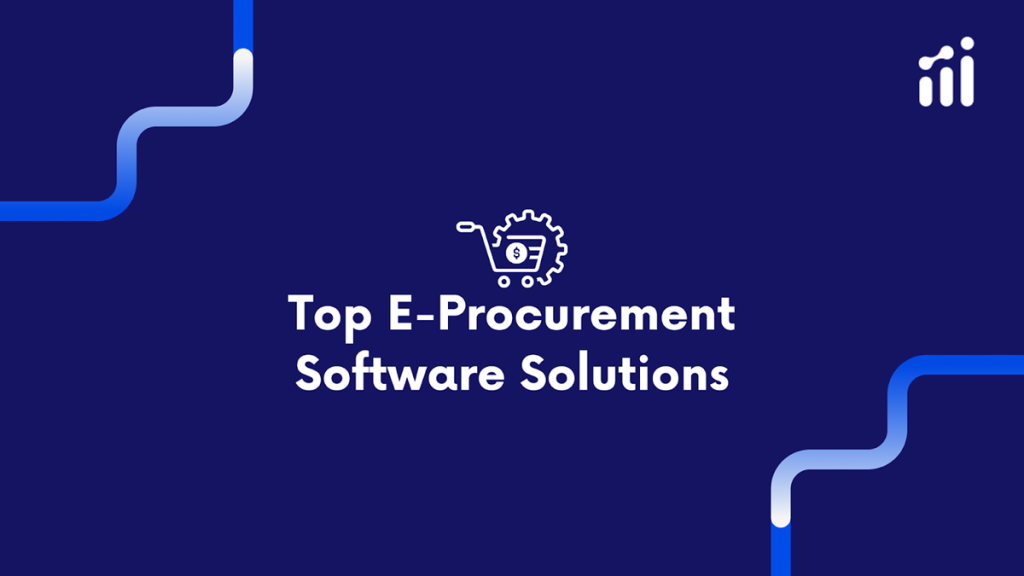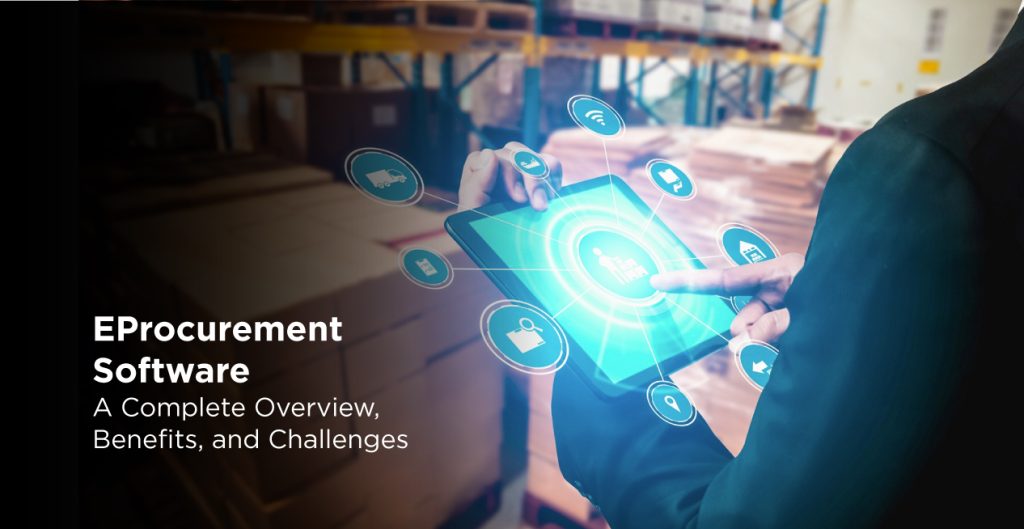In an era where digital transformation dictates market competitiveness, businesses are rapidly replacing manual procurement processes with electronic solutions. e-Procurement management software, the digital management of sourcing, purchasing, and payments, is no longer a luxury—it’s a necessity. From startups to multinationals, organizations leveraging e-procurement system gain a strategic edge. Here are the top nine reasons to adopt eprocurement management system.
1. Significant Cost Savings
e-Procurement management system slashes costs by automating repetitive tasks, reducing human error, and optimizing spend analysis. Automated workflows minimize labor expenses, while bulk purchasing and negotiated supplier discounts become easier with centralized data. Companies report up to 30% savings in procurement costs by eliminating inefficiencies and reallocating resources strategically.
2. Enhanced Operational Efficiency
Manual processes like purchase orders and invoice approvals are time-consuming. e-Procurement system accelerates these tasks through automation, cutting processing times from days to hours. Integrated workflows ensure seamless communication between departments, reducing bottlenecks and freeing teams to focus on value-added activities.
3. Improved Compliance and Control
Digital systems enforce policy adherence by routing purchases through pre-approved channels. Customizable approval hierarchies prevent unauthorized spending, while real-time monitoring curtails maverick buying. eprocurement system control ensures compliance with corporate and regulatory standards, mitigating legal risks.
4. Greater Transparency and Auditability
Every transaction in an e-procurement system is digitally recorded, creating an immutable audit trail. Stakeholders gain real-time visibility into spending patterns, supplier interactions, and contract terms. This transparency simplifies audits and fosters accountability across departments.
5. Streamlined Supplier Management
Centralized supplier databases enable businesses to evaluate performance metrics, track deliveries, and negotiate contracts efficiently. e-Procurement platforms facilitate smoother communication, allowing for dynamic collaboration and quicker dispute resolution, strengthening supplier relationships.
6. Risk Mitigation
e-Procurement management systems vet suppliers for financial stability and compliance, reducing supply chain disruptions. Automated alerts for contract expirations or non-compliance help businesses act proactively. Additionally, data encryption and access controls enhance cybersecurity, safeguarding sensitive information.
7. Sustainability and Corporate Responsibility
By digitizing processes, companies reduce paper consumption and carbon footprints. e-Procurement supports sustainable sourcing by identifying eco-friendly suppliers and tracking environmental metrics, aligning procurement strategies with ESG (Environmental, Social, Governance) goals.
8. Scalability for Growth
As businesses expand, e-procurement scales effortlessly. Cloud-based solutions handle increased transaction volumes without proportional cost hikes. Whether entering new markets or diversifying product lines, the system adapts, ensuring procurement processes remain agile.
9. Advanced Data Analytics and Reporting
Real-time dashboards and predictive analytics transform raw data into actionable insights. Businesses identify spending trends, forecast demand, and optimize budgets. For instance, AI-driven tools can predict supplier risks or recommend cost-saving opportunities, empowering data-driven decisions.
Conclusion:
Adopting an e-procurement system is a strategic leap toward operational excellence and future readiness. Beyond cost savings, it enhances efficiency, compliance, and sustainability while providing the scalability needed in a dynamic market. For businesses aiming to stay competitive, the question isn’t if to adopt e-procurement—it’s when. Evaluate your procurement processes today and consider how digital transformation can drive growth, innovation, and resilience.






